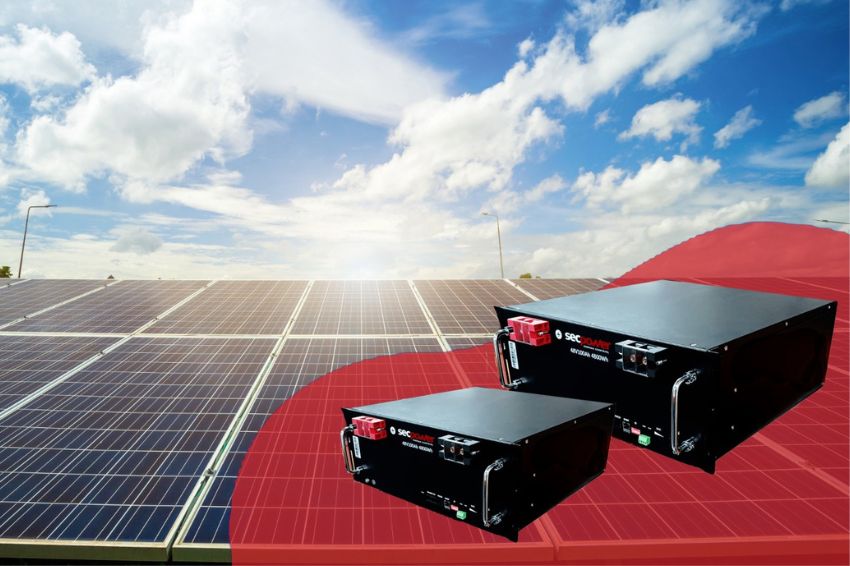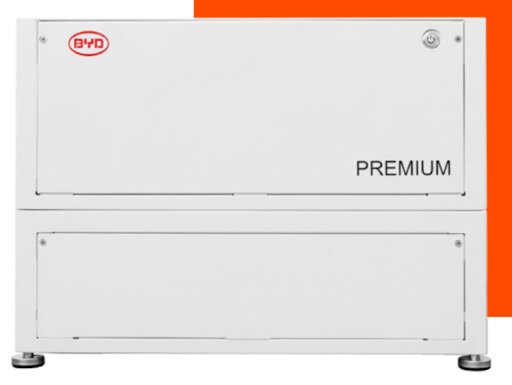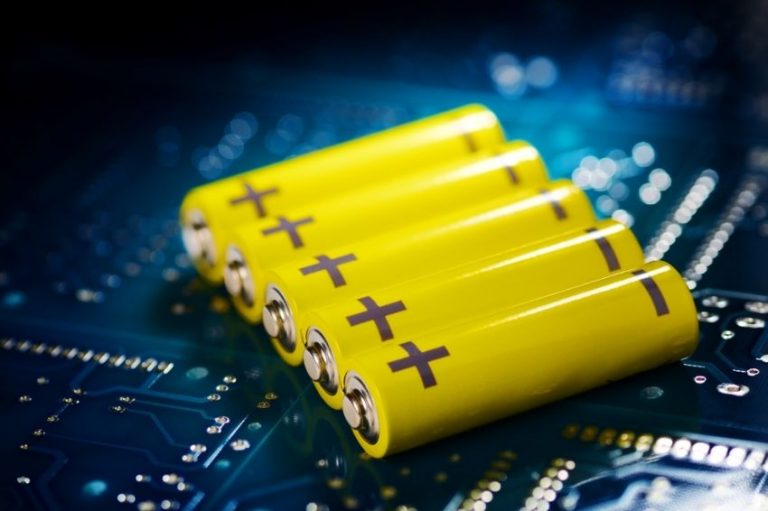In collaboration with José Antonio Rodrigues Neto*
According to data from IEA (International Energy Agency), the use of SAE (energy storage system) in the global energy market in 2023 it increased by more than 130%, an increase of 42 GW of power and more than 90 GWh of installed capacity in a single year.
Countries like China, the United States, England, Australia and Italy, have led the way in adopting technology; one versatile solution and promising that in addition to providing operational flexibility, guarantees the safe expansion of renewable energy and the energy transition.
Since 2021, the Brazilian electrical system has been showing signs that the inclusion of SAE would be positive, guaranteeing greater flexibility and operational security, both in cases of centralized applications as in distributed.
According to projections from the ONS (National Electric System Operator), in 2028, Brazil will have a demand of 110.98 GW of energy, against a supply that could reach 281.56GW by the end of 2027. In other words, supply will exceed demand by 2.5 times.
It is important to note that the increase in generation is being led by non-dispatchable renewable sources, such as solar and wind, whose generation curve does not coincide with the load profile.
Therefore, there are increasingly more frequent hours with excess renewable generation, but also moments of lack of generation, especially during night rush hours.
Therefore, flexible assets that enable SAE, and consequently, the reducing energy waste, contributing to the electrical grid stability.
SAE is often called a Swiss army knife given its numerous applications. According to EIA (Energy Information Administration), the most prominent operators in the United States, PJM (corresponds to the ONS of 13 states on the American east coast) and CAISO (California Independent System Operator) has shown exponential growth in capacity.
To give you an idea, in April 2024, SAE was responsible for supplying 6.18 GW of the load managed by CAISO, being the asset that contributed most to serving consumers
It is important to highlight that the public policy, such as inflation reduction law approved in 2022, which foresees strong investments in renewable sources and SAE, combined with the impressive reduction in the costs of SAE with batteries, and the government's commitment to the energy transition are determining factors that motivated the accelerated insertion of the new technology.
Each electrical system has specific needs, for example, the currently installed SAE capacity at PJM, in 2021, was used to regulate voltage in 60% of the drives, followed by synchronized reserve. This second service is the most valuable type of capacity reservation, as it is characterized by responsiveness, helping with network stability.
At CAISO, the SAE plays a key role in the transition from the state to a energy future cleaner and more sustainable. According to the entity, it is important to highlight that the demand for voltage control has increased. significantly in recent years.
Voltage regulation is just one of several services provided by SAE to CAISO, such as reactive power support, increasing reliability and power quality, relieving transmission congestion, charging during peak periods, postponing investments in new networks.
Furthermore, SAE can be applied to system recomposition (black-start), in the formation of micronetworks, in isolated systems and in demand management, bringing greater robustness and operational flexibility.
Although SAE with batteries is a reality in Brazil, with an installed capacity of approximately 300 MWh, the topic needs progress towards more effective use. Since 2021, we have observed cases of restriction of solar and wind generation in the Northeast Region, where SAEs could absorb the energy during the restriction and dispatch it at more convenient periods.
They could also take advantage of surplus generation in periods of low load, such as the turbineable energy from the Belo Monte and Tucuruí hydroelectric plants.
As for voltage control, the SAE can assist at strategic points, making this ancillary service more effective. To relieve transformer loading, it would avoid overloads in contingencies, being able to postpone investments in complementing the RPO (Operating Power Reserve), it could partially replace thermoelectric dispatch outside the order of merit, with advantages such as immediate response and flexibility for other uses.
If we look at distributed micro and minigeneration, a typical example of the application of SAE is the damping of load ramps in the National Interconnected System, due to the variation in generation due to the entry and exit of photovoltaic solar plants to meet the load, over a period of time. a typical day, as shown below.

To enable the systemic and regulated use of SAE on a large scale, a clear definition of the granting authority regarding the contracting and remuneration of all services is necessary. If characterized as a structural need, the SAE must be evaluated in an integrated manner in the Expansion Planning.
Regulation must contemplate the various possible services and enable sustainable business models, allowing multiple revenues (revenue stacking), such as price arbitration, participation in capacity markets and ancillary services, and even remuneration for services to other sectors, such as reducing carbon emissions.
SAE applications with batteries stand out for their modularity and short implementation time, which can be an additional criterion when choosing the alternative.
In short, the SAE has great potential to contribute to the operation of the SEB, bringing greater flexibility, reliability and efficiency to the system. With adequate regulation and assessment integrated into planning, the SAE can become key pieces for an increasingly renewable and resilient electrical matrix.
* Executive director of Micropower, with more than five years of experience in storage systems, also acts as coordinator of ABSAE. He is an electrical engineer and completed a master's degree in Renewable Energy and Smart Grids at Helmut Schmidt University, in Germany.
The opinions and information expressed are the sole responsibility of the author and do not necessarily represent the official position of Canal Solar.















One Response
But there are many stones along the way. Recently the MME announced a reserve energy auction where battery storage was being considered. A week later, it was removed. Hidden forces want to boycott new technologies.